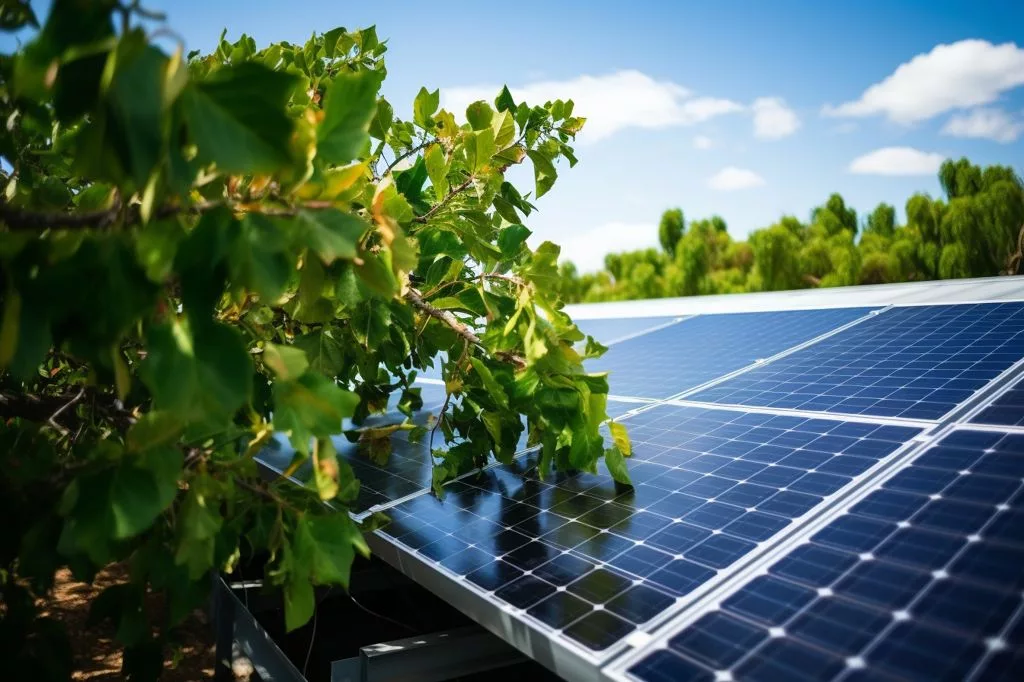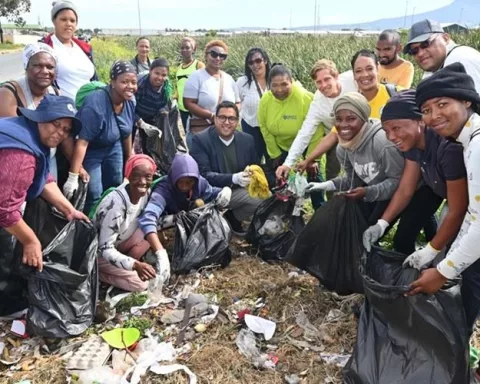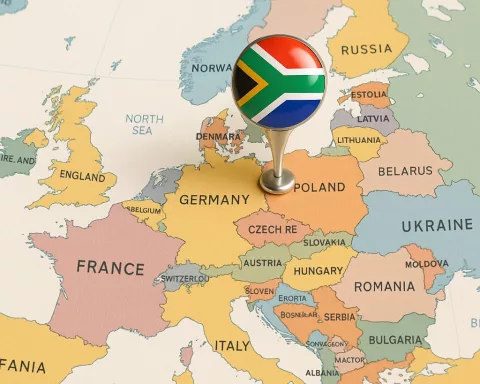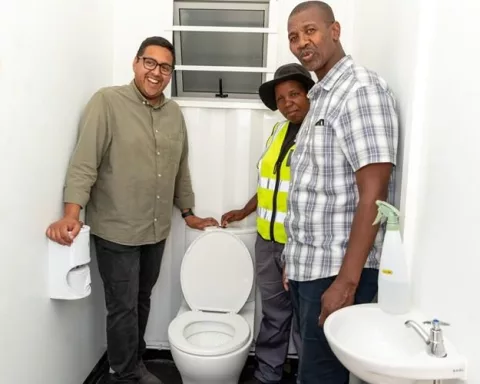iKaya Primary School in South Africa is leading the way in energy sustainability by installing a photovoltaic system and energy-efficient lights, which will save R30,000 on its annual electricity costs. The project is a collaboration between Stellenbosch University, the Western Cape Education Department, and other partners, and aims to provide IoT energy management and lighting efficiency retrofits at 75 no-fee schools. The project has already helped several schools reduce their electricity expenses and iKaya Primary is among ten schools that have benefited. The project serves as an example of how educational institutions, government bodies, and private partners can work together to develop sustainable solutions.
Pioneering Sustainable Initiatives in South Africa
In Khayamandi, a town located in Stellenbosch, South Africa, iKaya Primary School is spearheading a path towards a brighter and more sustainable future. The school has installed a photovoltaic (PV) system and energy-efficient lights, which is anticipated to save approximately R30,000 on its annual electricity costs. This substantial achievement is the product of a collaborative effort between Stellenbosch University (SU), the Western Cape Education Department (WCED), and other partners.
The utilization of this technology enables the school’s administrative wing to disconnect from the Eskom grid during load shedding. Launched in 2017 by SU’s Engineering Faculty, Department of Social Impact, and WCED, the project aimed to finance a pilot program for Internet of Things (IoT) energy management and lighting efficiency retrofits at 75 no-fee schools within the province. The initiative has already aided several schools in reducing their electricity expenses by installing smart meters to track usage and retrofitting schools with energy-efficient lighting.
The first school to reap the rewards of this project was Cloetesville Primary School, earning the moniker “the Green School.” With a 7.5kW PV system, the school produces approximately 14MWh (14,000 units) of electricity each year. This production offsets nearly 13 tons of carbon dioxide while saving the school R20,000 annually and simultaneously supplying excess power to the grid.
Expanding Energy Efficiency in Public Schools
The current challenge is discovering a scalable solution for the 1,542 public schools in the province to adopt similar energy-saving and efficiency enhancements. To date, iKaya Primary is among the ten schools that have benefitted from the project. The department will finance the remaining seven schools at a cost of R3.5 million, while SU is contributing R1 million for the systems at three schools.
David Maynier, the provincial education minister, acknowledges the necessity for a scalable solution for additional schools in the region to ensure teaching and learning can continue even during power outages caused by Eskom. Professor Thinus Booysen, chair of IoT in SU’s Engineering Department, views the ability to contribute to schools and communities facing financial hardships as a privilege. The project’s objective is to create a positive impact by installing PV systems to maintain essential lighting for schools to operate.
Collaborative Efforts and Future Prospects
For the past two years, Jason Samuels and his team from SU’s spinout company GreenX have been working pro-bono on the project. They have carried out comprehensive energy audits at various schools to identify how they can be retrofitted with energy-saving lights and meters. The resulting solution takes into account each school’s individual load profile at an affordable cost.
Samuels discloses that they have collaborated with schools throughout the Western Cape for over two years and are intimately familiar with the challenges they face. With the support of the education department and SU, they have devised a cost-effective solution tailored to each school’s requirements. The team is now prepared to tackle the challenge of extending the project to all schools in the province, inviting schools to participate and seeking private partners to support this endeavor that benefits society as a whole.
SU has contributed more than R1 million to the project, demonstrating confidence in the potential of local schools. Dr. Leslie van Rooi, SU’s senior director of social impact and transformation, believes that cooperation, support, and collective learning are crucial to the success of both SU and the town’s prospects. Van Rooi expresses gratitude for the opportunity to collaborate with the WCED and other stakeholders, anticipating a brighter future for the children in the community.
The iKaya Primary School project serves as a shining example of how educational institutions, government bodies, and private partners can join forces to develop sustainable solutions that benefit the environment, schools, and communities. By focusing on energy sustainability and adopting innovative technologies such as IoT and PV systems, schools like iKaya Primary are illuminating the path towards a greener and more efficient future.
1. What is iKaya Primary School doing to lead the way in energy sustainability?
iKaya Primary School in South Africa installed a photovoltaic system and energy-efficient lights, which will save R30,000 on its annual electricity costs.
2. Who collaborated to make this project possible?
The project is a collaboration between Stellenbosch University, the Western Cape Education Department, and other partners.
3. How many schools are being retrofitted with energy-efficient lighting and IoT energy management?
The project aims to provide IoT energy management and lighting efficiency retrofits at 75 no-fee schools.
4. How has the project helped other schools?
The project has already helped several schools reduce their electricity expenses.
5. How much electricity does Cloetesville Primary School produce each year?
Cloetesville Primary School, the first school to benefit from the project, produces approximately 14MWh (14,000 units) of electricity each year.
6. What is the current challenge in expanding energy efficiency in public schools?
The current challenge is discovering a scalable solution for the 1,542 public schools in the province to adopt similar energy-saving and efficiency enhancements.
7. How is the project expected to benefit the community?
The project’s objective is to create a positive impact by installing PV systems to maintain essential lighting for schools to operate.
8. How are educational institutions, government bodies, and private partners working together to develop sustainable solutions?
The iKaya Primary School project serves as an example of how educational institutions, government bodies, and private partners can work together to develop sustainable solutions that benefit the environment, schools, and communities by focusing on energy sustainability and adopting innovative technologies such as IoT and PV systems.












